
Launched in 2014, PhotoSparksis a weekly feature from YourStory,with photographs that celebrate the spirit of creativity and innovation. In the earlier 880 posts, we featured an art festival,cartoon gallery.world music festival, telecom expo, millets fair,climate change expo,wildlife conference,startup festival,Diwali rangoli,and jazz festival.
The journey of entrepreneurs and artists is full of ups and downs, twists and turns. Staying on course on the long road to success calls for commitment and perseverance, and creative ways of framing failure and coping with setbacks.
In this photo essay, six exhibitors from the India Art Festival (IAF) in Hyderabad share insights on how they bounce back from failure, along with tips for aspiring artists. IAF’s next edition will be in New Delhi in November (see our coverage of earlier IAF editions here).
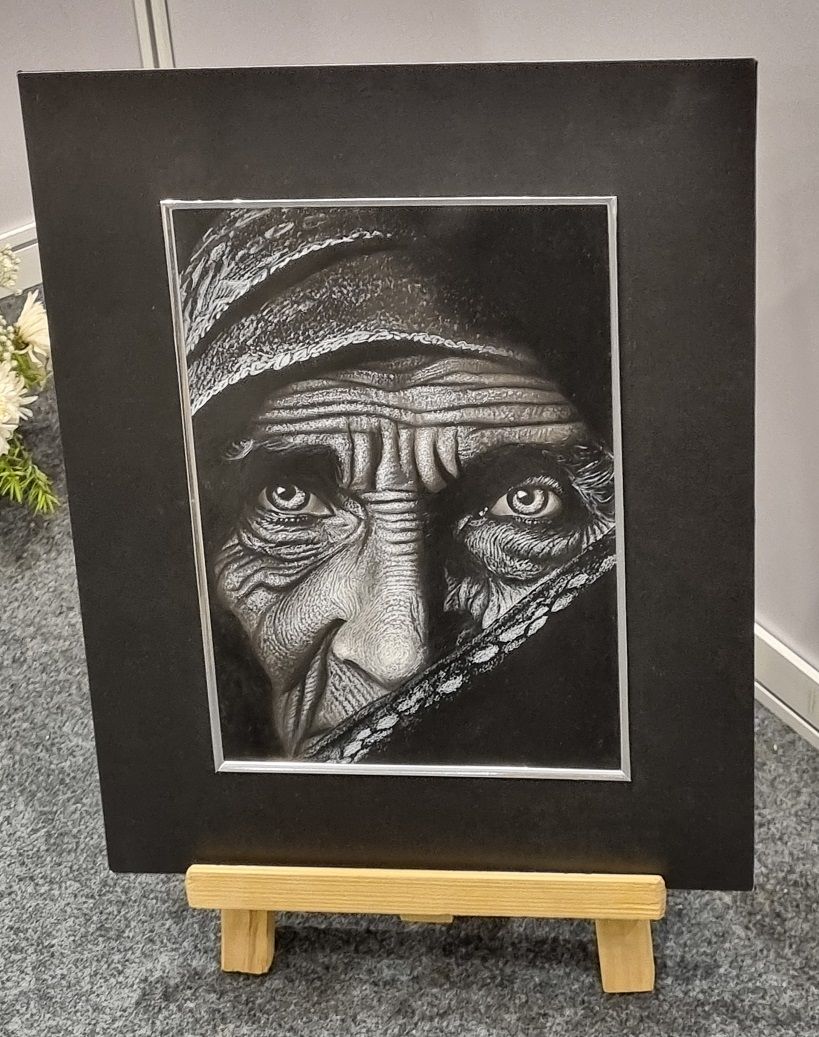
“Mistakes are not detours—they are part of the route. Every time something did not work out—a show that felt misaligned, a sale that slipped through, a jury rejection—I gained a new lens,” Mumbai-based artist Praveena Parepalli tells YourStory.
Some of her most valuable insights arrived disguised as setbacks. “I have learned to observe those moments with the same attention I give to my drawings: not to fix, but to understand,” she says.
“As for moving forward, I have realised that clarity does not come from waiting—it comes from doing. Failures have quietly shaped my artistic muscle, pushing me to fund my own solo shows and take risks that others would not,” she affirms.
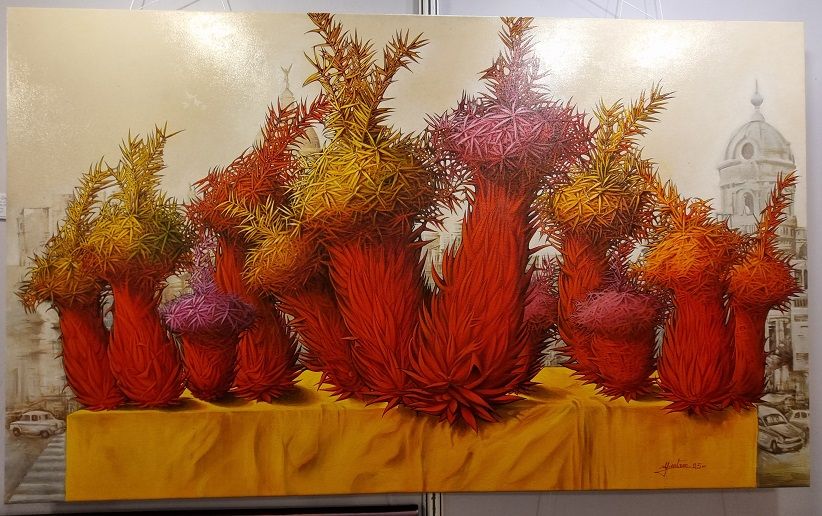
Also Read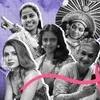 Celebrating the women who defined 2024
Celebrating the women who defined 2024
Parepalli believes that making mistakes and learning from them is underrated. “Learn from others, yes—but don’t be afraid to make your own glorious messes,” she suggests.
“Mistakes are often disguised blessings in the creative process. They push us to look again, feel deeper, and trust the unknown,” Hyderabad-based artist Sushmitha Singh explains.
Artists grow by letting go of perfection, by experimenting, and by allowing themselves to unlearn. “Moving ahead means staying curious and remembering that even a creative block is part of the path,” she observes.
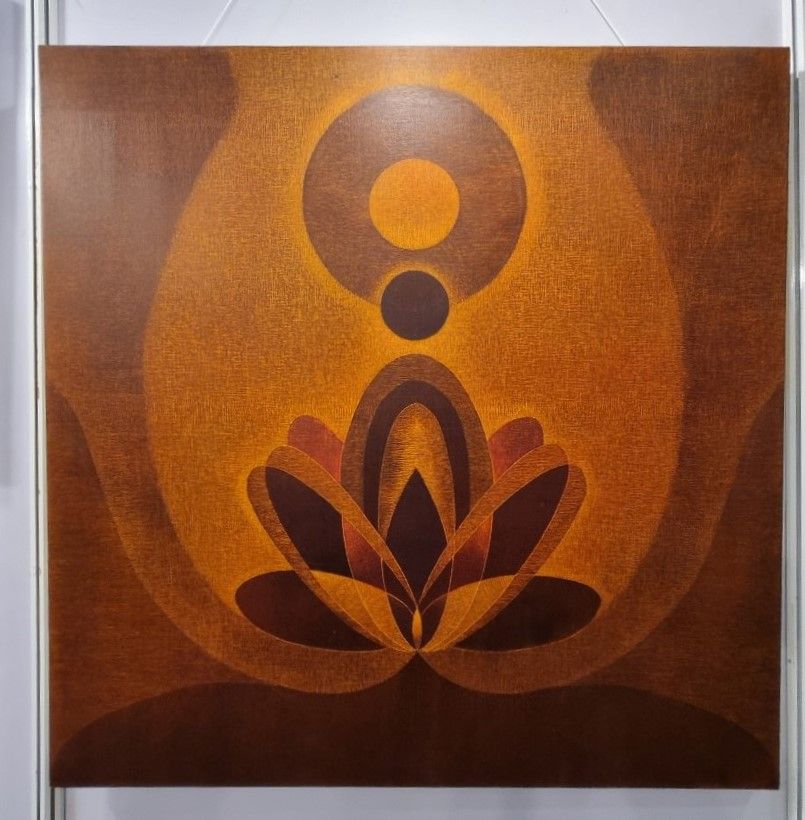
“An artist grows through mistakes and failures. They are not setbacks, but stepping stones. Every wrong stroke teaches patience, every failed piece sharpens vision,” Indore-based Mona Jain describes.
Mistakes reveal what does not work. “They push us to explore new techniques, perspectives, and truths. The key is to stay open, curious, and kind to yourself,” she says.
“Learning comes from observing, experimenting, and never giving up. Art is a journey, not a destination—and each misstep is part of creating something honest, meaningful, and uniquely yours,” she affirms.
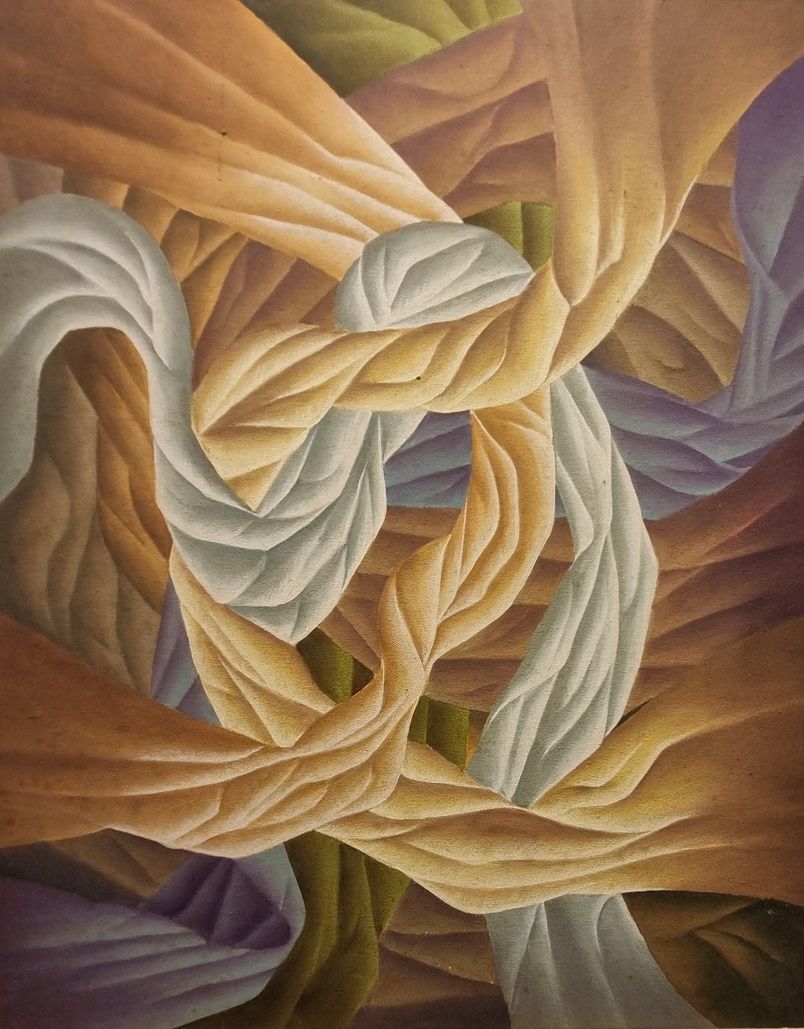
Also Read Biryani, tyres, electricity bills: What Indian startups worked on in 2024
Biryani, tyres, electricity bills: What Indian startups worked on in 2024
Sketch artist Ritvik Agarwal believes mistakes are essential to growth. “This is especially true in sketching, where the medium often does not allow for erasing or undoing,” he observes.
“Each line that does not go as planned becomes part of the story of the piece. As an artist, learning comes from staying curious, being open to critique, and embracing imperfection as a guide, not a flaw,” he adds.
Art is about patience and learning, according to Saurabh Dingare, a graduate of Abhinav Art College and MIT in Pune. “While moving toward the goal, we have to go step by step. What I learned was that instead of finding any shortcuts, putting effort and slowly achieving things is the right way,” he says.
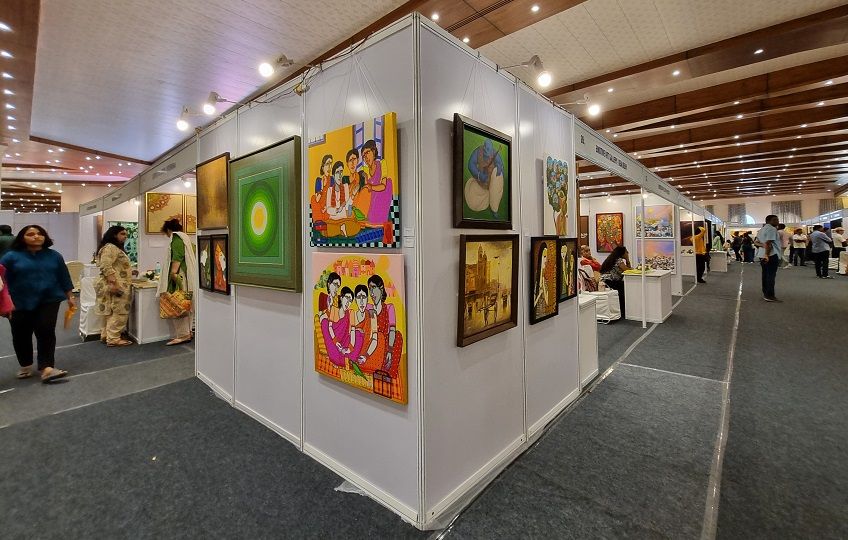
“Many artists say that they paint what they love. But I believe that if you are always satisfied with your own work, your growth may stop,” cautions Rajendra Ray, co-founder of Art and Designer Studio in Hyderabad.
He paints for his inner peace, but also for the art lovers who view and connect with his work. “It is important to showcase our art and receive feedback from both audiences and critics,” he suggests.
“Feedback and even criticism helps us evolve. Art and its trends are constantly changing, and as artists, we must adapt and grow with them every day,” he advises.
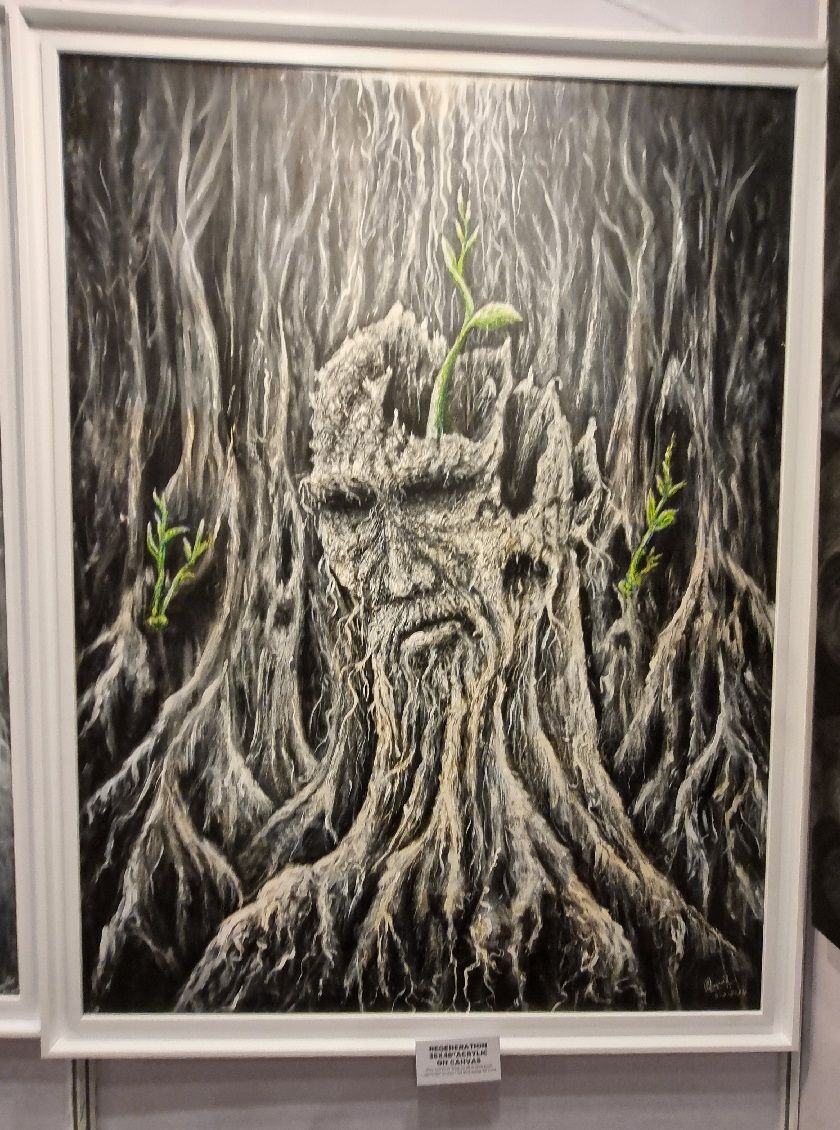
Also Read Rewind 2024: AI domination, quick commerce heat, profit chase triumphed Indian startups
Rewind 2024: AI domination, quick commerce heat, profit chase triumphed Indian startups
“Put your heart into your art. This is more helpful for discovering your goals than thinking about what could be sold in the near future and at what price,” Saurabh Dingare suggests.
All artists have to carve their own terrain. “What worked for me may not work for you—and that’s precisely the point,” Praveena Parepalli says.
Tracing her journey after the pandemic, she recalls that she shifted from commission-heavy work to a deeper, self-led practice. “I took risks, worked with charcoal in unexpected ways, and stopped waiting for permission,” she recalls.
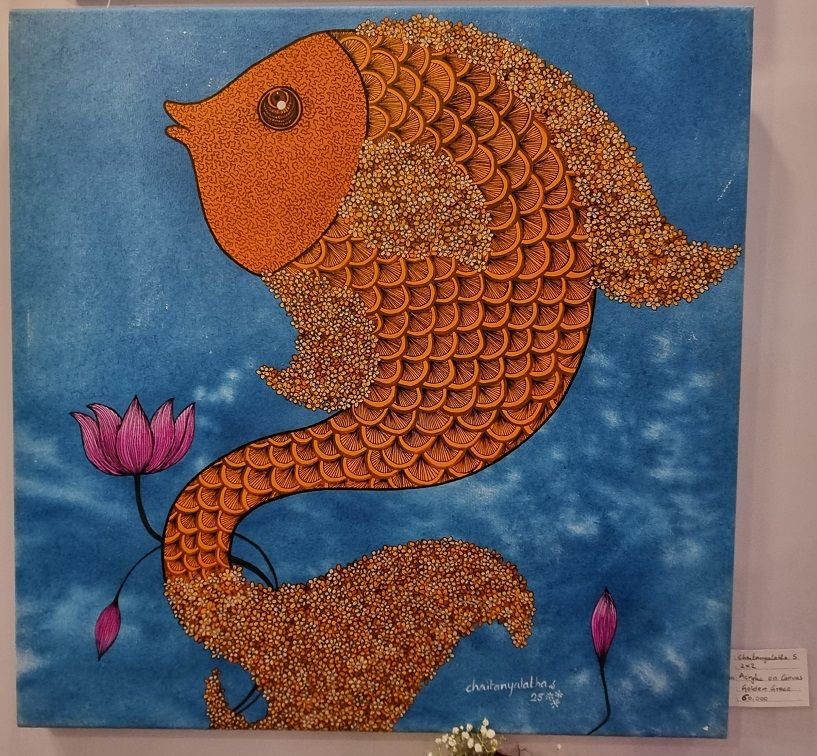
“I began investing in my own exhibitions—not just financially, but emotionally. Visibility is an investment, not an accident,” she describes.
Artists should also keep an eye on where their money goes. “Not every marketing opportunity is a good one. And if you are a middle-aged woman entering this space, you may have to assert your seriousness more than others. That’s just reality. Accept it—and outwork it,” Parepalli advises.
She cautions that art is not a shortcut to anything. “Art is expensive, unpredictable, and, at times, lonely. But if you are in it because something inside you won’t rest until you make—then you are in the right space. It won’t be easy—but it will be worth it,” she adds.
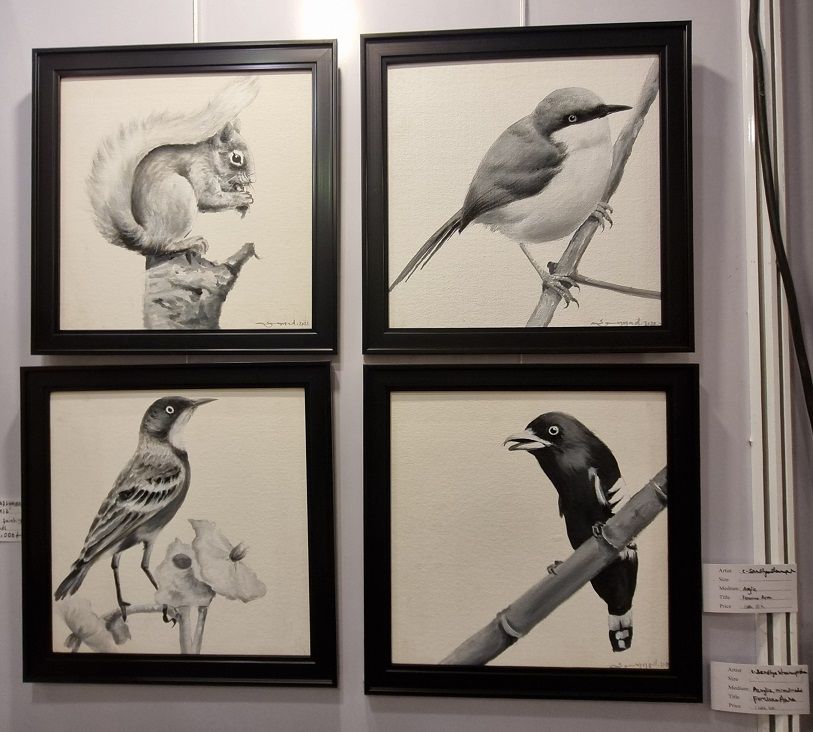
Also Read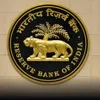 A year of reckoning for Indian fintech startups as RBI tightens the rules
A year of reckoning for Indian fintech startups as RBI tightens the rules
“The high of creating, of seeing something take shape where there was once only a blank surface—that is priceless. Trust your pace. Stay curious. And above all, make work that feels honest. The rest will follow,” she affirms.
Rajendra Ray suggests that artists should focus on mastering what they are naturally good at. “Don’t follow others’ styles just because they are popular. Stay true to your vision, and remember that daily practice is the key to real growth,” he says.
Faith and belief are important in art. “Trust your journey, and don’t wait for perfection to begin. Create fearlessly, even when doubt whispers in your ear,” Mona Jain advises aspiring artists.
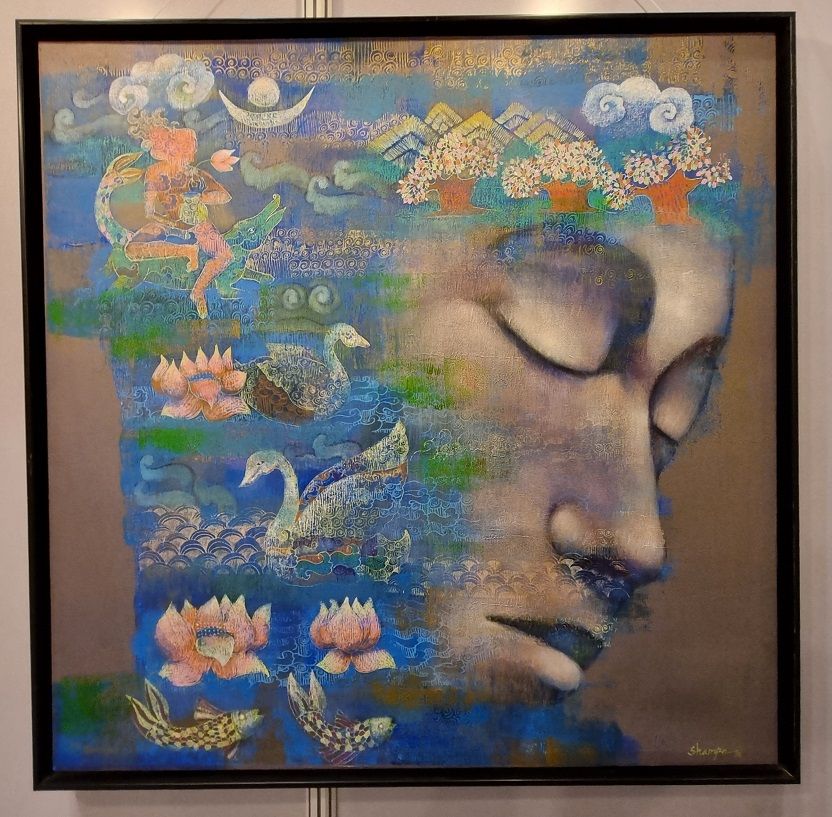
“Let your art be your truth, not a reflection of trends or expectations. Mistakes will shape you, and patience will guide you. Stay curious, stay open, and keep showing up for your creativity,” she says.
Artists should be confident in their capabilities and choice of journey. “You don’t need validation to be an artist—your passion, your persistence, and your voice are more than enough,” she says.
As for art pricing, Jain says she is always happy to discuss custom commissions or help collectors find a piece that resonates with them. Her works are priced from Rs10,000 to Rs 1 lakh, depending on the size, medium, and intricacy involved.
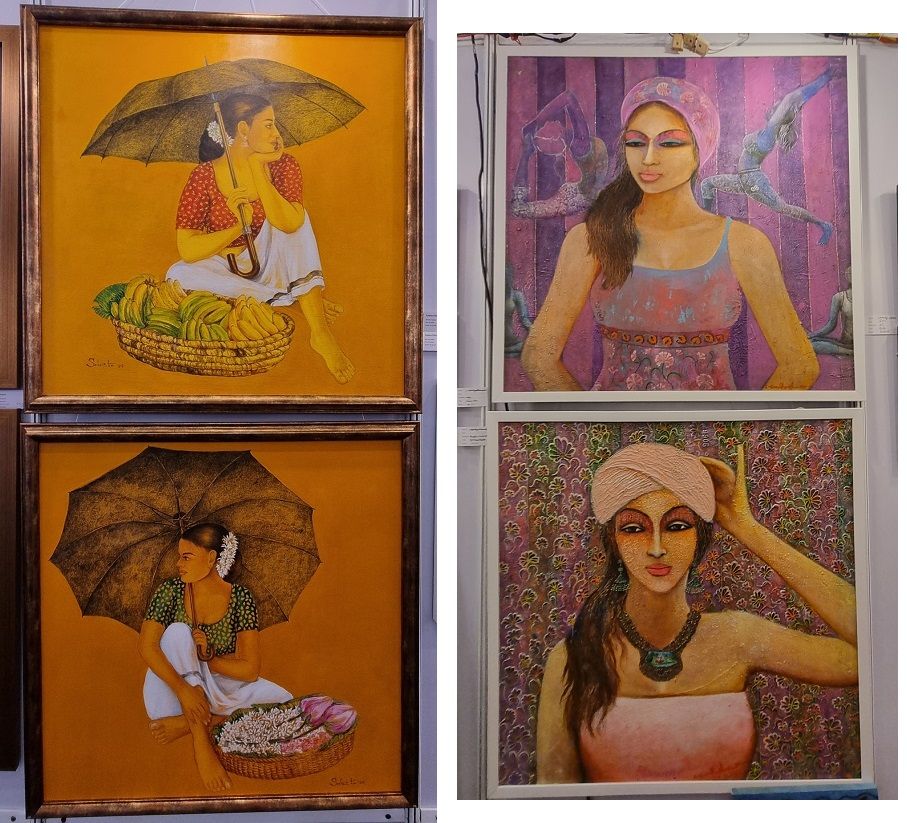
Also Read Major tech, startup policies of 2024: AI, space tech, blockchain define the year
Major tech, startup policies of 2024: AI, space tech, blockchain define the year
“Art is not just what I do—it is who I am. It is my way of connecting with the world and with something deeper within myself. I feel truly grateful for the opportunities to share my work and to witness how it resonates with others,” she acknowledges.
She hopes that her art continues to bring peace, reflection, and a touch of soul into people’s lives. “The journey of creation never ends—and I look forward to where it leads next,” Jain says.
“Keep sketching, keep observing. Don’t wait for perfection before putting your work out into the world,” sketch Ritvik Agarwal suggests.
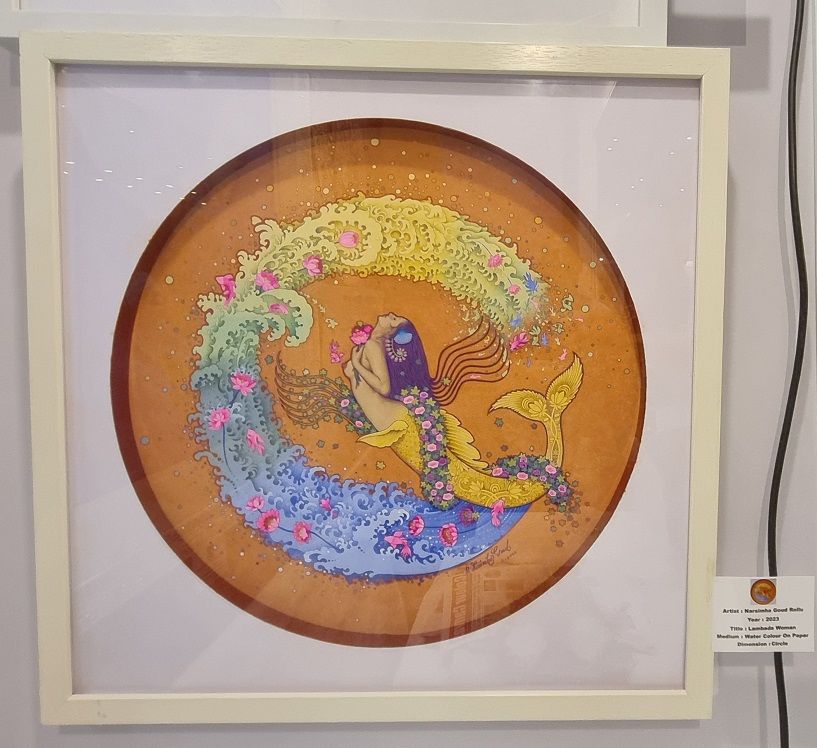
Artists should put their work out in exhibitions and social media. “Art grows through practice, but also through visibility. Let your work evolve publicly — that’s how it finds its voice and audience,” he recommends.
Platforms that spotlight artists help foster community and encourage more people to see the beauty in the everyday. “I hope my sketches inspire others to slow down and really see the world around them,” he adds.
Sushmitha Singh recommends that artists visit and showcase their work at exhibitions. “Being at IAF was an enriching experience. It felt like a meeting point of stories, expressions, and energies,” she recalls.
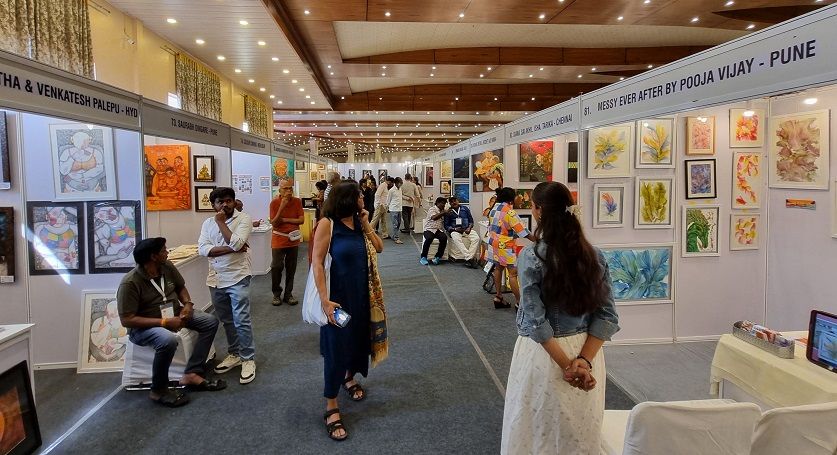
Also Read When innovation backfires: What 2024’s marketing fails teach us about sensitivity and strategy
When innovation backfires: What 2024’s marketing fails teach us about sensitivity and strategy
“People resonated deeply with the emotion behind my work, and some even shared how a piece reminded them of a personal memory or phase in life. That kind of connection is priceless,” she says with pride. Her artworks range in price from Rs 10,000 to Rs 50,000.
She advises aspiring artists to be observant and open. “Create for yourself before you create for the world. Don’t rush to define your style, let it find you,” she urges.
“Most importantly, stay honest. Art does not require perfection, it requires patience,” Singh says.
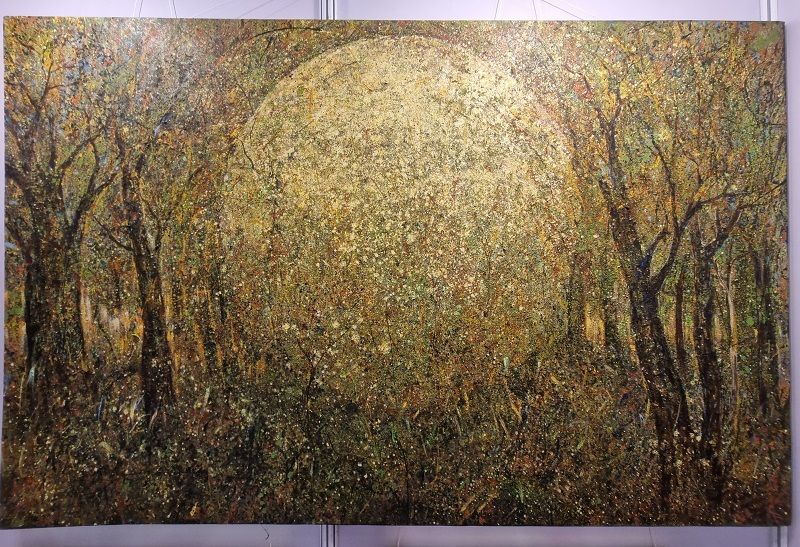
She recommends that aspiring artists be committed and persistent. “Art has the power to heal, question, and awaken. I believe every artist carries a unique frequency, one the world needs,” she suggests.
“So whether it is seen by thousands or just one person, keep creating. Your work matters more than you know,” Singh signs off.
Now what have youdone today to pause in your busy schedule and harness your creative side for a better world?
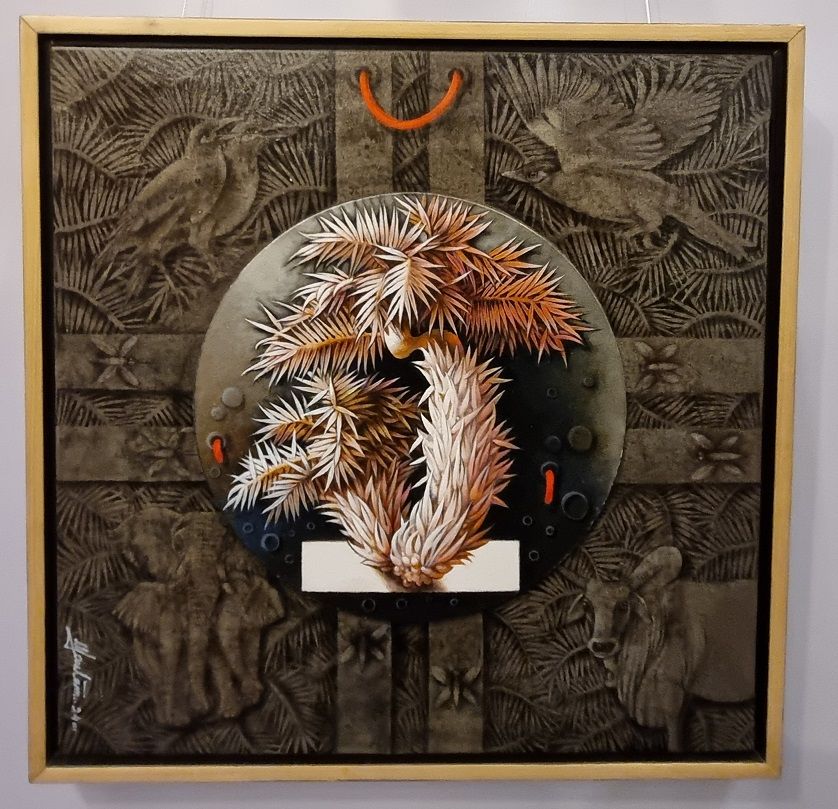
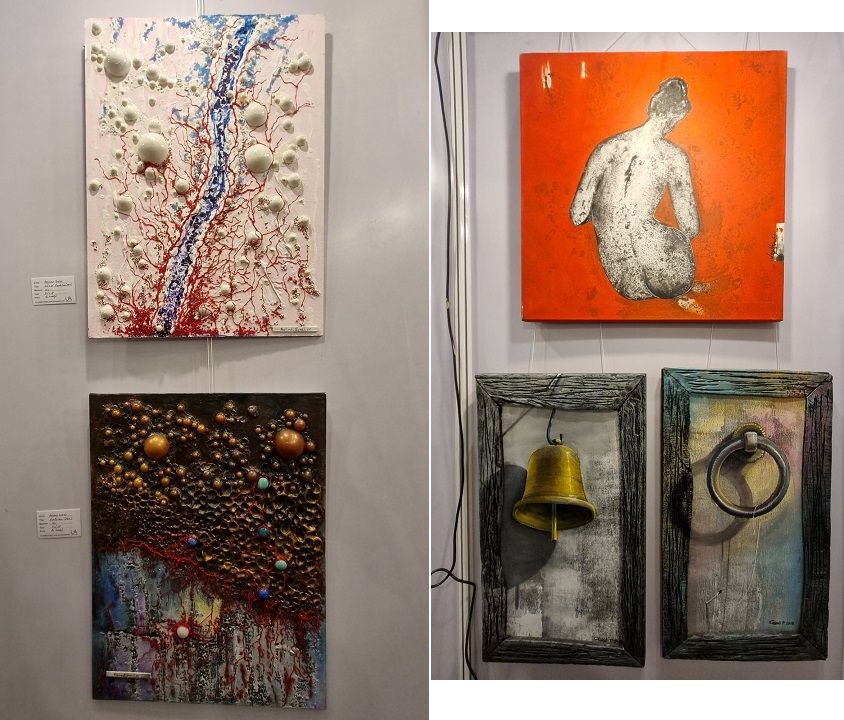
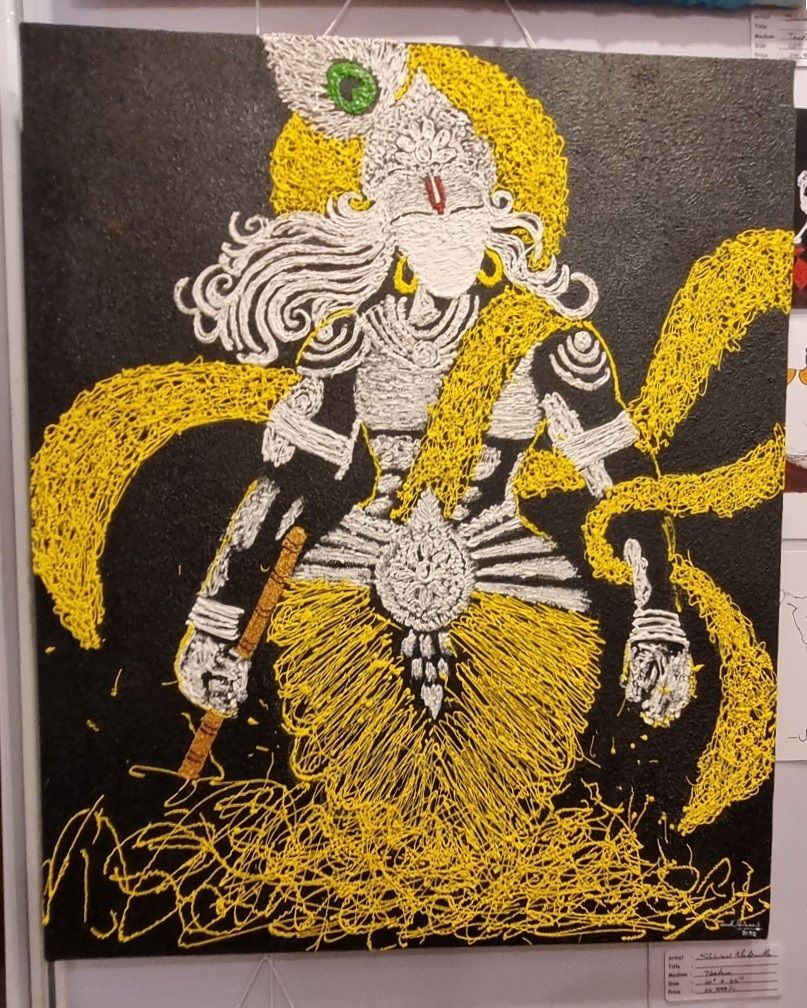
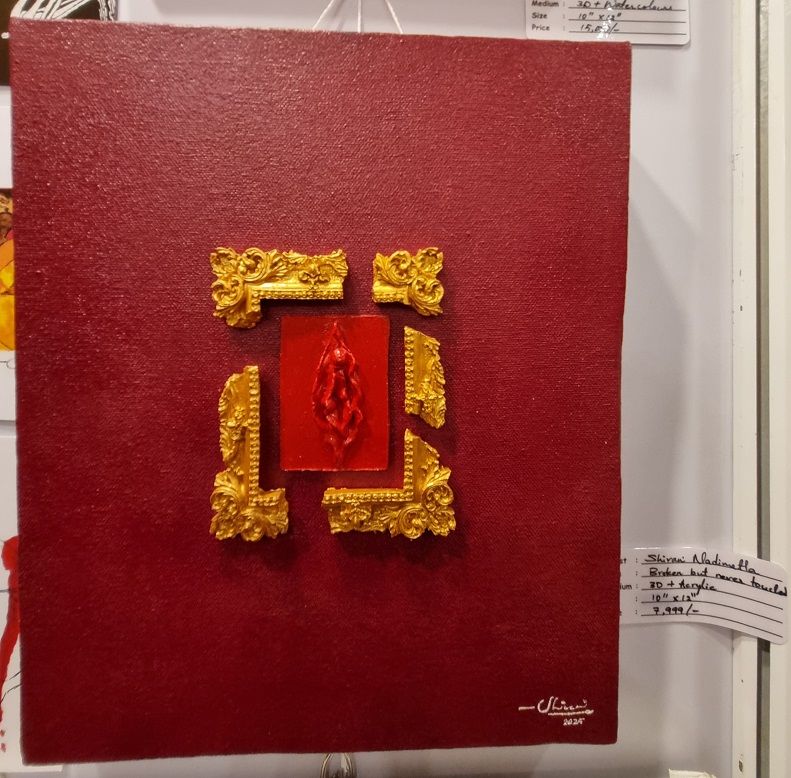
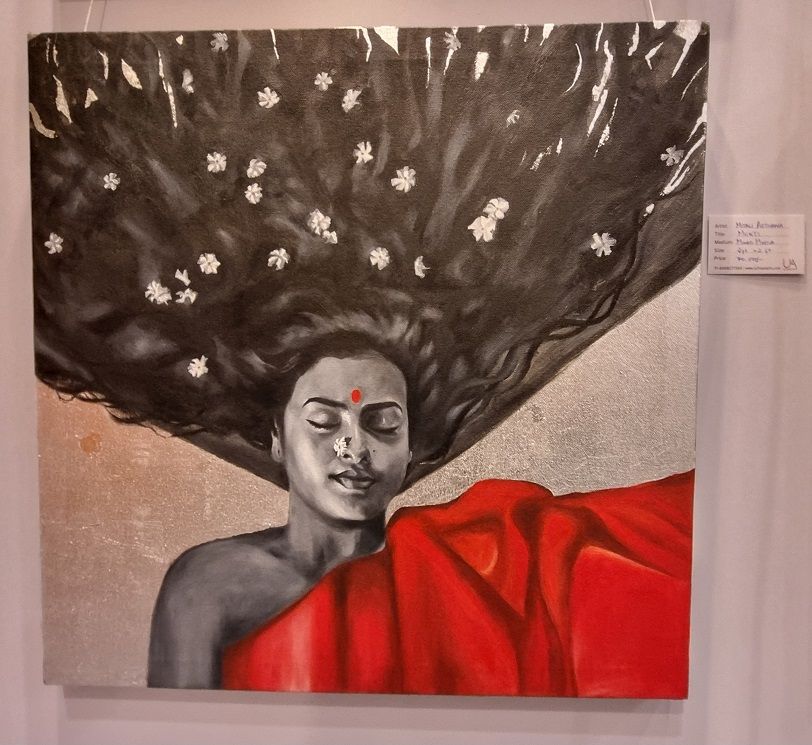
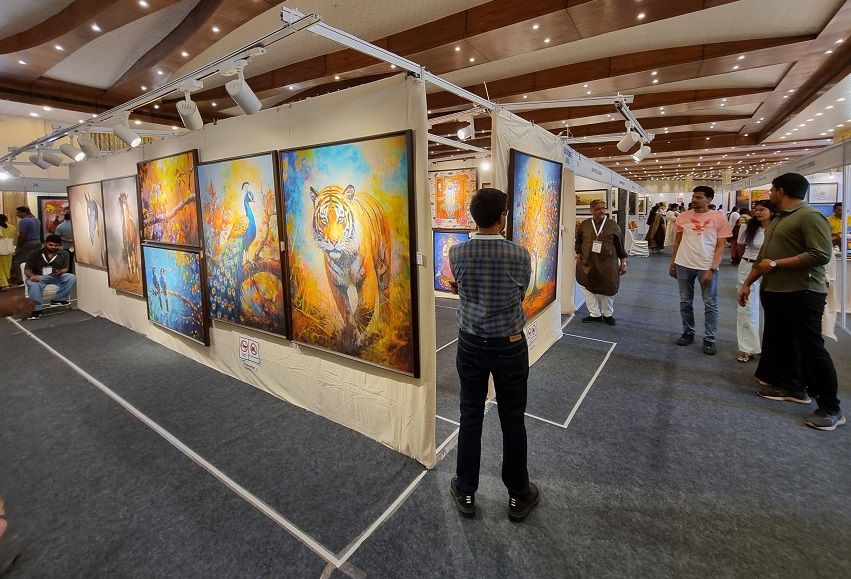
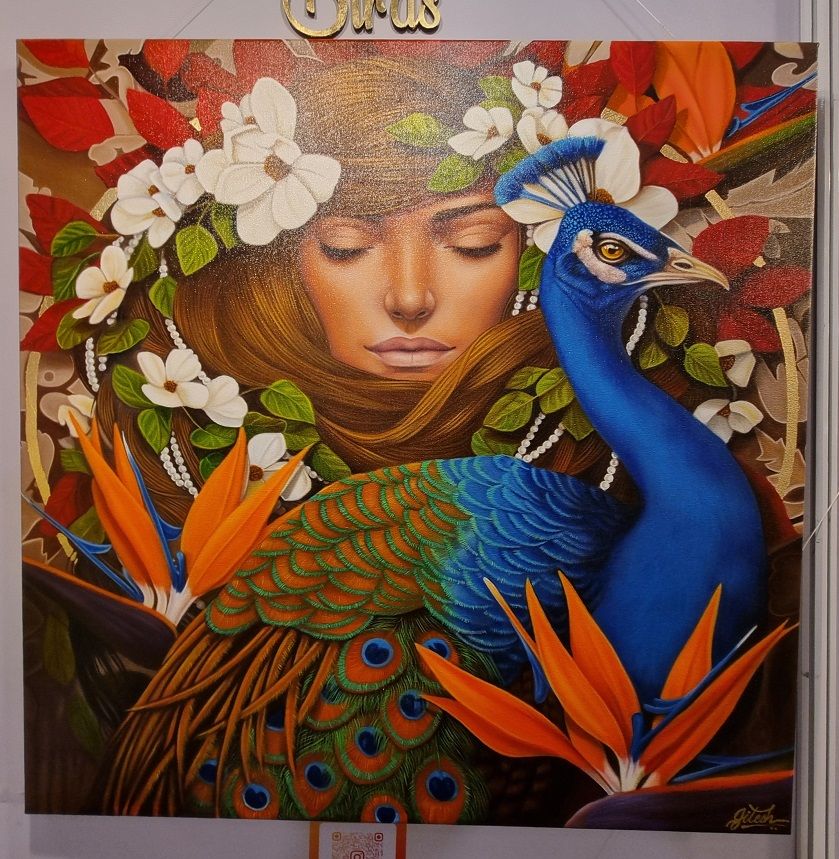
(All photographs were taken by Madanmohan Rao on location at India Art Festival in Hyderabad.)
Original Article
(Disclaimer – This post is auto-fetched from publicly available RSS feeds. Original source: Yourstory. All rights belong to the respective publisher.)